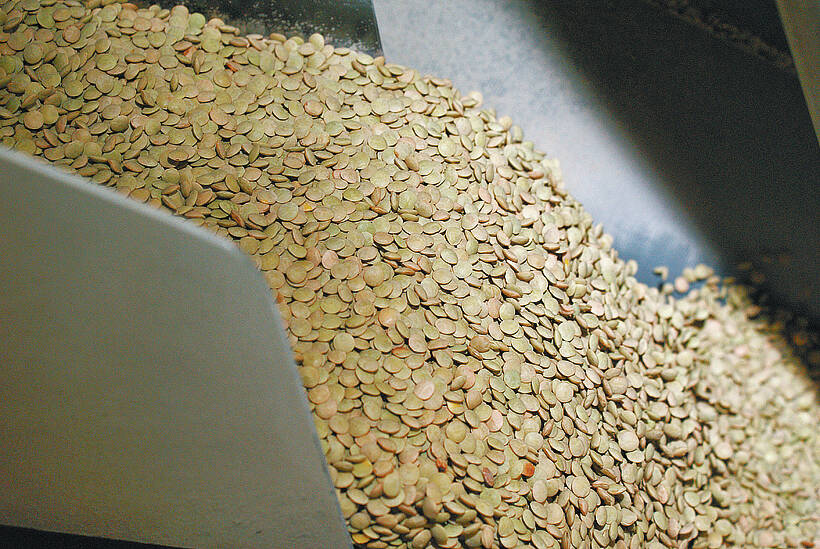GLENLEA, Man. – If you don’t like weeds, switching to an organic growing system can be scary.
After a couple of years of growing organic crops, you could reach the conclusion that the weed pressure would worsen.
But you’d be wrong, says University of Manitoba plant scientist Martin Entz, an expert on low-input agriculture.
After 13 years of growing organic crops, some University of Manitoba fields are showing fewer weeds. It’s one of the happy conclusions coming out of the oldest organic research plot in Canada.
Read Also

Green lentil market oversupplied
Farmers in Western Canada can expect price pressure on their new crop of green lentils, as the available supplies among the world’s major lentil-growing nations increase significantly.
“I would have expected weeds to have just run away in some of these organic systems, and I’m impressed with how the crop has been able to be competitive against the weeds,” said Entz during a recent field tour.
“As the amount of readily available nitrogen declines in the soil, the weed pressure drops.”
Entz said people would reach many incorrect conclusions about organic farming if they studied it only for a few years. The first years of switching to an organic system bring huge changes to the soil nutrients and to soil microbes. Long-term organic potential can only be determined on fields that have been organic for many years.
The problem is that few fields have been studied for more than a few years. The U of M’s 13 years of testing at Glenlea is the longest investigation in Canada. The handful of organic research fields in the United States are generally younger than this one.
The oldest in the world is near Basel, Switzerland, where researchers have been studying organic production for 22 years.
Entz said that means researchers can still learn many things about organic farming, so long as they continue the long-running tests.
Reduced weed pressure after a few years of organic growing was a surprise, Entz said, but it makes sense.
Fields newly converted from conventional farming would still contain some inorganic fertilizer, and that promotes certain aggressive weeds, such as redroot pigweed. But after a few years, the soil will contain only organic fertilizers that break down slowly and help crops while hindering opportunistic weeds.
Entz said last year revealed just how well a crop can fend off weeds. A field of flax appeared to be almost overrun with wild mustard – about 1,200 wild mustard plants per sq. metre. But “about two weeks after the mustard stopped flowering, it just started declining and the flax got much stronger,” said Entz.
“By the time we had a field day, the flax was dominant.”
Researchers discovered the organic farming system had promoted the kind of microrhiza fungus that produced strong root systems for the flax, but did not help the wild mustard. In the end, the wild mustard was choked out.
“We know that when we change the nutrient supplying system, we get much better microrhiza colonization of our crops,” said Entz.
To understand the long-term viability of organic production, fields need to be studied after they have completed the transition to organic, not merely during the transition.
“You don’t see it in the first four years, because the soil is still evolving to change its nutrient cycling system.”















